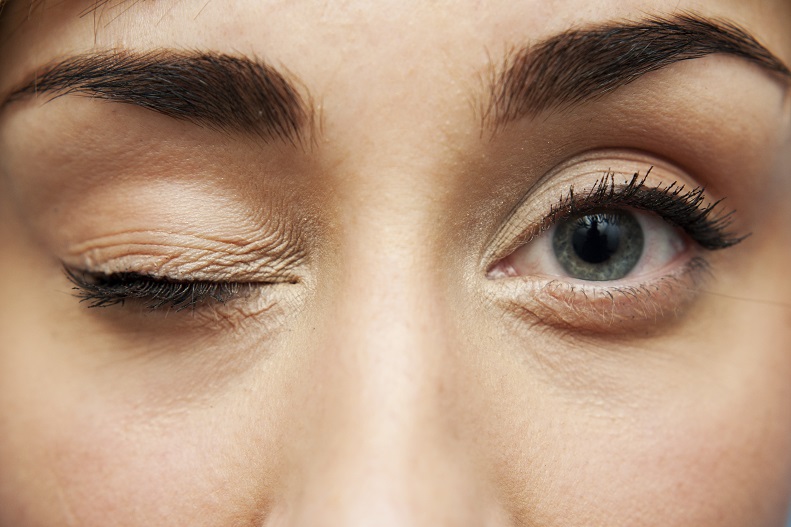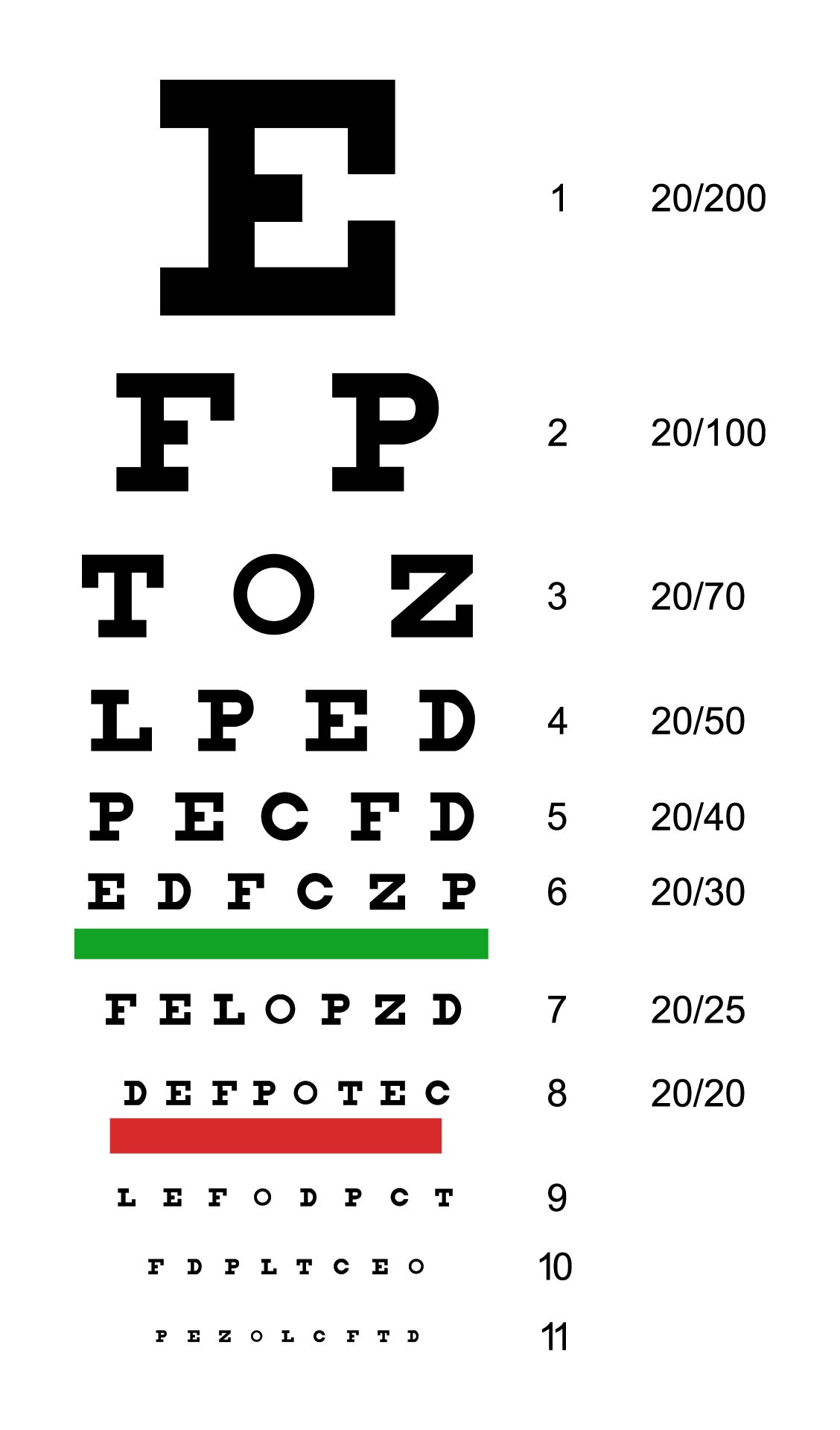Detect eyesight perfectly distance
Table of Contents
Table of Contents
Are you due for an eye exam? Do you know what Types Of Eye Tests your optometrist will perform? Your eyes are one of your most precious assets, and it’s critical to have them checked regularly. The different Types Of Eye Tests allow your optometrist to evaluate the health of your eyes and detect vision problems early.
Pain Points Related to Types Of Eye Tests
Many people avoid visiting their optometrist for an eye exam because they don’t realize the importance of regular eye exams. Some feel intimidated by the multitude of Types Of Eye Tests they will have to undergo, while others may be nervous about the potential cost involved. The truth is, skipping routine eye exams can lead to missing out on necessary treatment and causing further health issues in the future.
Target of Types Of Eye Tests
Types Of Eye Tests are performed to assess an individual’s vision and identify any visual problems, such as nearsightedness, farsightedness, astigmatism, and color blindness. Additionally, the Types Of Eye Tests can detect a range of eye diseases, such as glaucoma, cataracts, and macular degeneration.
Summary of Types Of Eye Tests and Related Keywords
Types Of Eye Tests are essential to maintaining good eye health and detecting visual problems early. The Types Of Eye Tests can range from simple visual acuity tests to complex scans and imaging techniques to evaluate retinal health. It is critical to ensure you have your eyes checked regularly to detect any potential issues before they become severe.
The Importance of Eye Tests
As a child, I was diagnosed with color blindness during a routine eye exam, and while it was not debilitating, it affected my perception and made specific tasks challenging. This experience taught me the importance of regular Types Of Eye Tests and the need to identify vision problems early. With consistent eye exams, I can manage my condition and prevent it from worsening. Standard Types Of Eye Tests may include visual acuity tests, color blindness tests, and eye movement tests, among many others.
Types Of Eye Tests to Detect Eye Diseases
While Types Of Eye Tests can identify visual problems, they can also detect potential eye diseases. During an eye exam, your optometrist may perform dilation eye tests, tonometry eye tests, or imaging eye tests to evaluate the retina, optic nerve, and eye muscles’ health. These Types Of Eye Tests allow your optometrist to detect eye diseases such as glaucoma, cataracts, and macular degeneration.
Dilation Eye Tests
Dilation eye tests allow the optometrist to dilate your pupil to evaluate the retina and optic nerve’s health, often performed using eye drops. This Types Of Eye Tests measures the eye’s ability to focus and respond to light, providing critical information about any retinal damage or inflammation.
Tonometry Eye Tests
Tonometry tests involve measuring intraocular pressure, which is a critical indicator of glaucoma. This Types Of Eye Tests involves blowing a puff of air onto the eye, which is gentle but can be slightly uncomfortable.
Personal Experience: Why Eye Exams are Critical
During a routine eye exam when I was in my mid-30s, my optometrist identified cataracts, which were beginning to develop. The Types Of Eye Tests my optometrist used allowed her to detect them early, allowing me to have cataract surgery before they could cause more significant issues. I’m thankful for the Types Of Eye Tests and the optometrist’s critical insights.
Question and Answer About Types Of Eye Tests
Q1: How often should one have an eye exam?
A: Everyone should have a comprehensive eye exam at least every two years, or annually if they have certain risk factors. These may include a history of eye diseases, family history of eye diseases, high blood pressure, or diabetes.
Q2: What Types Of Eye Tests can detect cataracts?
A: A comprehensive eye exam can detect cataracts early when they are starting to form. Dilation Tests can reveal cataracts, allowing your optometrist to determine the appropriate course of action.
Q3: Can Types Of Eye Tests detect glaucoma?
A: Yes, Types Of Eye Tests can detect glaucoma, which involves checking intraocular pressure, assessing optic nerve damage, and testing peripheral vision. Early detection is critical in preventing vision loss from glaucoma.
Q4: Will eye exams be painful or uncomfortable?
A: Eye exams, including various Types Of Eye Tests, are generally not painful, and they are not uncomfortable for most individuals. Optometrists use different eye tests to evaluate eye health, and while some may feel slightly uncomfortable, they are generally not a cause for concern.
Conclusion of Types Of Eye Tests
Types Of Eye Tests are essential for maintaining good eye health and preventing vision problems. Regular eye exams are vital in identifying visual deficits and eye diseases early, allowing for appropriate management and preventing vision loss. Don’t wait for potential issues to arise - call your optometrist today to schedule an eye exam!
Gallery
Types Of Eye Tests Conducted During An Eye Examination - MindWaft
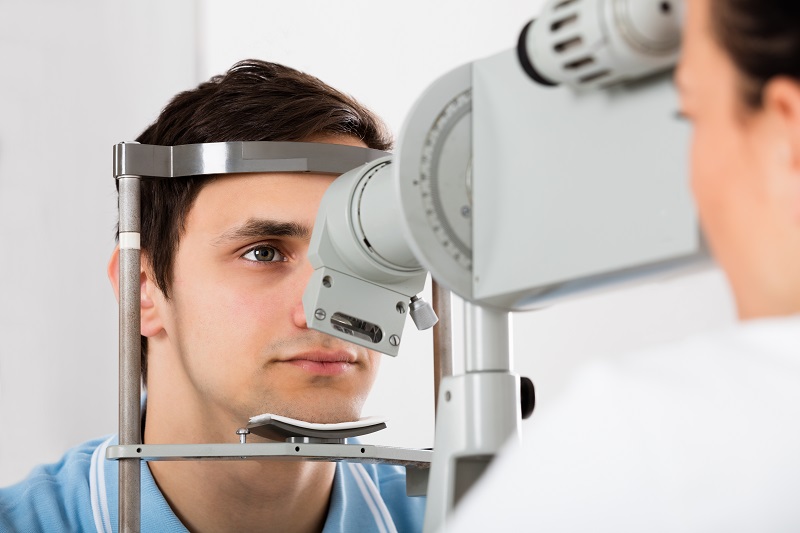
Photo Credit by: bing.com / eye tests types optometrist conducted examination during testing mindwaft prescription
5 Basic Types Of Eye Tests That Are Part Of An Eye Exam
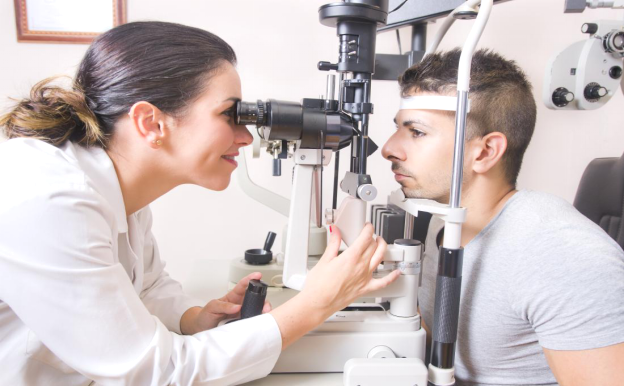
Photo Credit by: bing.com /
Types Of Eye Tests Conducted During An Eye Examination - MindWaft

Photo Credit by: bing.com / eye tests conducted examination types during mindwaft
5 Basic Types Of Eye Tests That Are Part Of An Eye Exam

Photo Credit by: bing.com / detect eyesight perfectly distance
Types Of Eye Tests And Examinations For Eye Health | Helena Vision Care
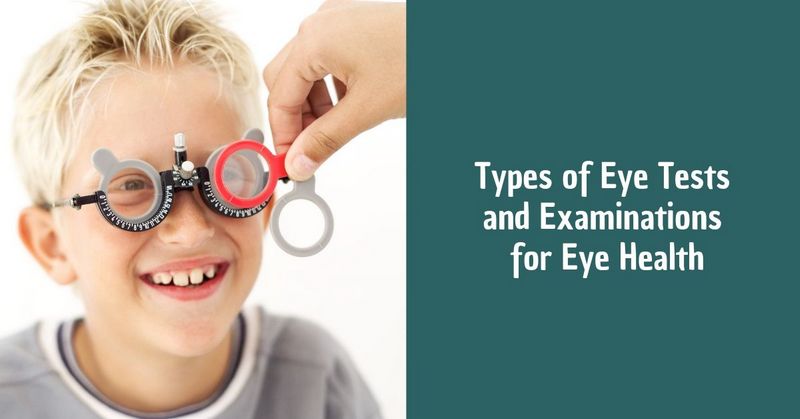
Photo Credit by: bing.com / types tests eye examinations health vision





